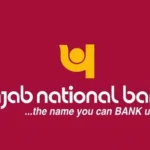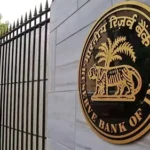What is MFA full form in Banking?
The MFA full form in Banking is Multifactor Authentication. Multifactor authentication (MFA) is an account login process that uses multiple authentication methods from different categories of credentials to validate a user’s identity for a login or other transaction. Multifactor authentication combines two or more separate credentials: what the user knows, such as a password; what the user has, such as a security token; and who the user is, via biometric verification methods.
The goal of MFA in banking:
The purpose of MFA is to construct a multi-layered defense that makes it more difficult for an unauthorized person to get access to a target, such as a physical place, computing device, network, or database. The attacker is forced to overcome a number of barriers in MGA, if he has to successfully break the account.
Why is Multifactor authentication important?
One of the most significant disadvantages of standard user ID and password logins is that passwords are easily hacked, potentially losing enterprises millions of dollars. Brute-force assaults pose a serious hazard because bad actors can use automated tools to guess multiple username and password combinations until they reach the correct sequence. Although locking an account after a specific number of false login attempts can help secure a company, hackers have a variety of alternative options for gaining system access and launching cyber assaults. This is why a multifactor authentication method is so critical for mitigating security concerns.














